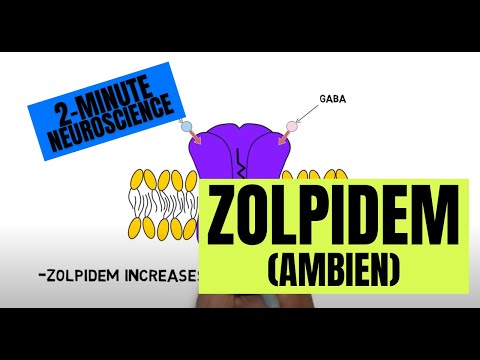- Subjects: Neurosciences
- |
- Contributor:
- Neuroscientifically Challenged
- migraine
- repeated headach
This video is adapted from: https://youtu.be/uVLz-gjmiN0?si=wTgkbjpGEj51lYTv
Migraine is a chronic neurological condition involving repeated headaches as well as a variety of other symptoms. In this video, I discuss the neurological mechanisms thought to underlie migraine. [1][2]
TRANSCRIPT:
Migraine is a chronic neurological condition involving repeated headaches that are frequently severe and are accompanied by other symptoms, such as nausea, vomiting, and an increased sensitivity to light or sound. Migraine headaches are often throbbing, experienced on one side of the head, and worsened by movement or physical activity. About ⅓ of migraine sufferers experience a migraine aura, which consists of neurological symptoms such as visual disturbances that occur before or during the onset of pain.
The headache phase of a migraine is thought to be attributable to activation of the trigeminal nerve, a cranial nerve that acts as the main sensory nerve for the head. The trigeminal nerve supplies a variety of pain-sensitive structures, including the eye, dura mater, and various blood vessels. Activation of the trigeminal nerve can elicit pain in these structures, which might explain the characteristic head and eye pain of migraine. Activation of the trigeminal nerve also prompts the release of neurotransmitters that can dilate cranial blood vessels and further stimulate and sensitize pain receptors. Additionally, trigeminal nerve fibers synapse on neurons that project to various brain regions, and these connections might be responsible for eliciting other common symptoms, such as auditory, visual, emotional, and cognitive effects.
People who experience migraines may undergo neurological changes that increase sensitivity to migraine triggers, but it’s still not completely clear what causes a migraine attack to begin. Migraine aura has been linked to a spreading abnormality in the electrical activity in the brain known as cortical spreading depression, which prompts other alterations in brain activity and is linked to the activation of the trigeminal system. This spreading depression has been suggested as a mechanism for the initiation of migraine without aura as well, although there is no consensus on this point, and other mechanisms that lead to trigeminal nerve stimulation may be involved.
Image credit: Photo by Andrea Piacquadio from Pexels: Female student suffering from headache at home · Free Stock Photo (pexels.com)
- Dodick DW. Migraine. Lancet. 2018 Mar 31;391(10127):1315-1330. doi: 10.1016/S0140-6736(18)30478-1. Epub 2018 Mar 6. PMID: 29523342.
- Ferrari MD, Goadsby PJ, Burstein R, Kurth T, Ayata C, Charles A, Ashina M, van den Maagdenberg AMJM, Dodick DW. Migraine. Nat Rev Dis Primers. 2022 Jan 13;8(1):2. doi: 10.1038/s41572-021-00328-4. PMID: 35027572.


























































































































































